Industrial sectors that already use atmospheric plasma for surface activation
Many industries are trusting atmospheric pressure plasma as efficient, cost effective and environmentally friendly surface treatments.
Atmospheric pressure plasma has become vital for today’s automotive industry.
Auto parts are made of polymers, glass, metals or sometimes composite – all require, at some point of the manufacturing process, excellent adhesive or wettability capacities.
Plasma on automotive parts is used when :
- Treating the instrument panel
- Treating outer panels prior to bonding
- Painting composite or plastic parts
- Treating EPDM profiles
- Activating a bonding line prior to press step
Automotive

Aerospace and defense
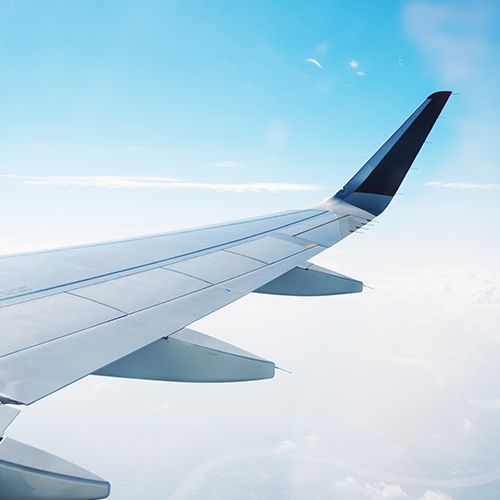
Aerospace and defence firms are enthusiastic users of high performing materials: technical polymers, ceramics, metals or raised property composites.
These materials require top-notch surface treatment with highly specific features. Atmospheric pressure plasma treatment provides a reliable and highly efficient alternative to traditional processes, while drastically reducing the impact on the environment.
Producing various types of packaging requires technologies that can adapt to large scale manufacturing. Bonding, printing, varnishing or laminating are crucial and demanding steps – they require excellent surface preparation to guarantee a reliable product: this especially applies to paper, cardboard, glass or plastic.
Atmospheric plasma technologies provide highly effective solutions when it comes to productivity, efficiency and respect for the environment.
Some examples :
- Cardboard treatment prior to folding and laminating
- Cork or end caps marking
- Polymer or aluminium packaging embellishing
Packaging industry

Electrical and electronics industries

Protecting surfaces and ensuring high quality connections is a major issue for the manufacturing processes of electrical or electronic systems.
Applications for micro-technologies include:
- Circuit cleaning prior to coating
- Pre-potting treatment
- Cable manufacturing applications
Surface treatment by atmospheric plasma is perfectly suited to these industries, given the complexity of the parts, their miniaturization, the variety of materials used and the need for the best possible manufacturing quality.
Some examples:
- Treatment of inner watch or dial parts
- Watch glass treatment
- Bonding of miniaturized parts
- Precision cleaning
High-end industries, jewellery and watch-making industries
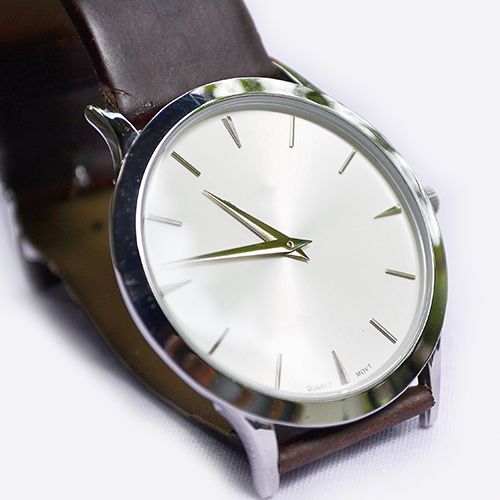
Medical and pharmaceutical industries
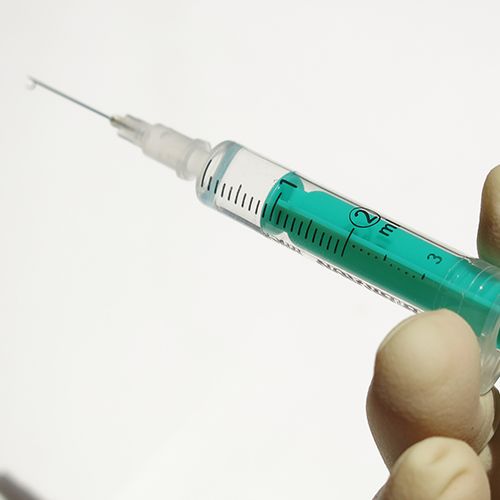
Manufacturing pharmaceutical and medical devices requires high performance solutions for cleaning, assembling or marking operations: these steps must comply with traceability requirements pertaining to specific manufacturing processes as applicable in those industries.
Atmospheric pressure plasma treatment technologies are compatible with most materials and forms encountered in these industries. They fully meet their specific requirements.
For example:
- Syringe treatment
- Ophthalmic lenses treatment
- Implantable devices treatment
- Micro-fluid systems
- Catheters
- …
Textile and polymer films or composites feature new mechanical properties such as mechanical strength, flexibility or surface features (water or oil repellent). This helps to make them materials of choice to meet the needs of various industries such as packaging, medical or technical clothing.
To prep these new textiles prior to dyeing, printing or laminating operations, an atmospheric plasma surface treatment – carried out in dry conditions – is the best alternative to using solvents.
Textile industry
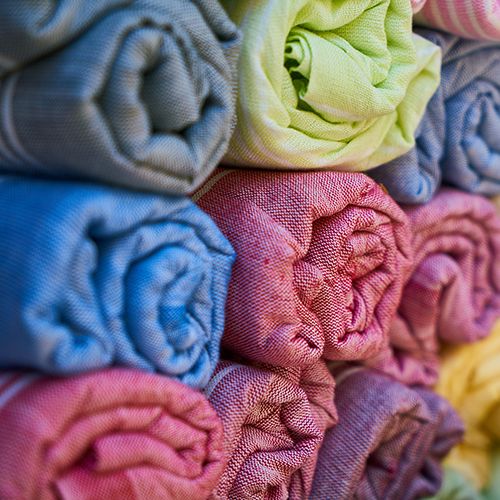
Research Labs
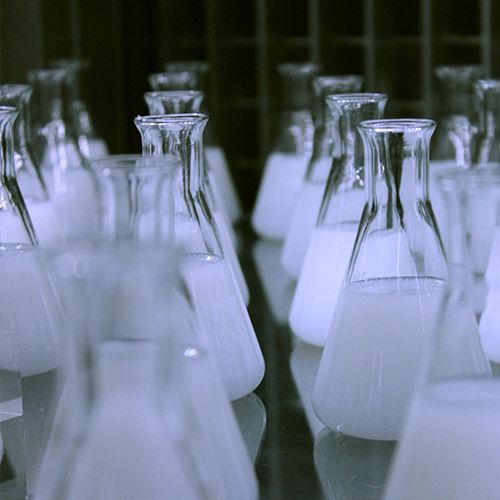
The use of atmospheric plasma surface treatment is growing, supported by many research labs and institutes specializing in fundamental or applied research.
Given the environmental interest of the technology, joint applied academics/industry research projects focus on process changes for existing surface treatments, such as the development of new materials and the analysis of their properties.
